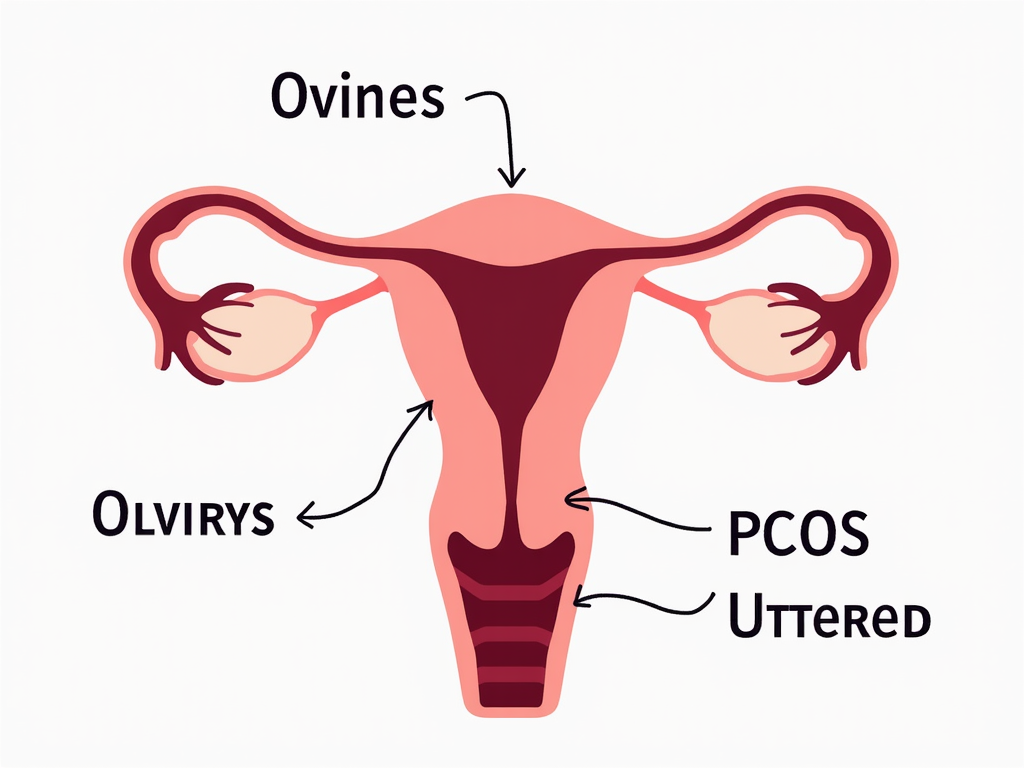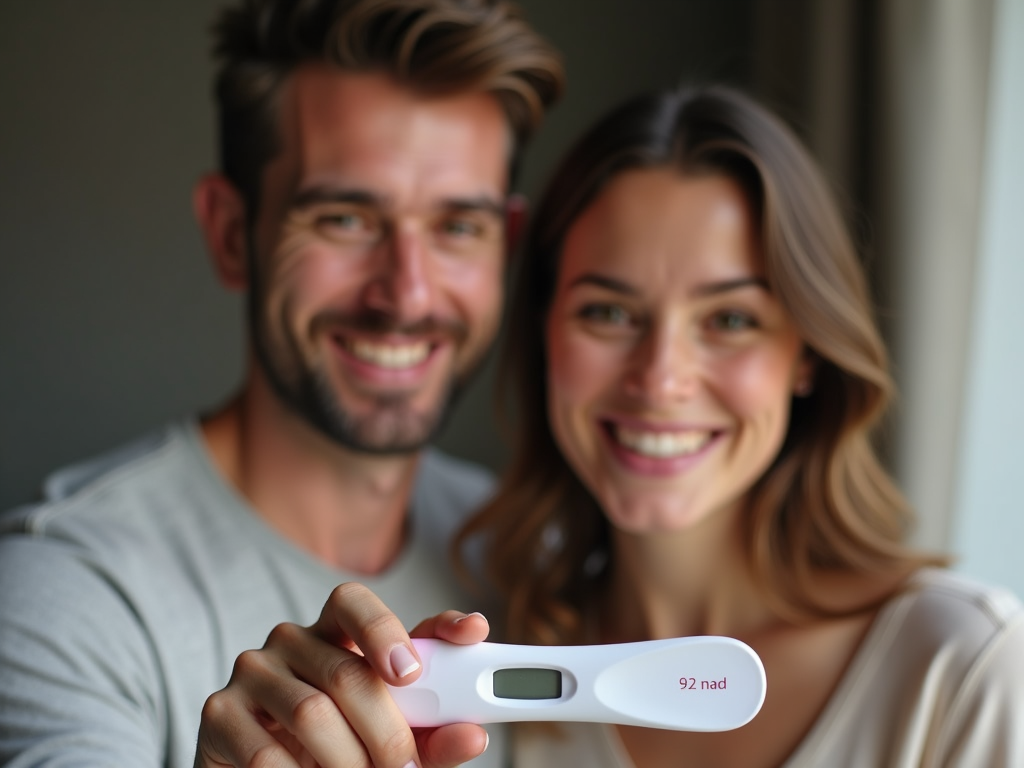Understanding Female Infertility and PCOS: A Comprehensive Guide
March 22, 2025, 5:23 p.m.
Female infertility and Polycystic Ovary Syndrome (PCOS) affect millions of women, often intertwining to create challenges in conceiving. This guide dives into their connection, symptoms, and solutions, offering hope and clear steps forward.
What is Female Infertility?
Female infertility means a woman can’t get pregnant after a year of trying (or six months if over 35). It impacts 10-15% of couples. About one-third of these cases tie back to female factors, making it a widespread issue.

What is PCOS?
Polycystic Ovary Syndrome, or PCOS, is a hormonal condition hitting 5-10% of women in their reproductive years. It’s marked by irregular periods, high male hormone levels, and ovaries with many small cysts. PCOS often leads to infertility.
Symptoms of PCOS
PCOS shows up differently for everyone, but common signs include:
- Irregular or missing periods
- Extra hair growth on the face or body
- Acne or oily skin
- Weight gain that’s hard to shake
- Thinning hair on the head
- Dark skin patches in creases like the neck or groin

How PCOS Causes Infertility
PCOS messes with fertility in a few big ways:
- No Regular Ovulation: Without ovulation, eggs don’t release, so conception can’t happen.
- Hormone Mix-Ups: Too much male hormone and insulin issues mess with egg growth.
- Uterine Lining Problems: Irregular cycles thicken the lining, making it tough for an embryo to stick.
Other Reasons for Female Infertility
PCOS isn’t the only culprit. Other causes include:
- Aging, which lowers egg count and quality
- Blocked or damaged fallopian tubes
- Uterine issues like fibroids
- Endometriosis
- Thyroid problems
- Early ovary failure

Diagnosing PCOS and Infertility
Doctors figure out PCOS with a few steps:
- Your Story: They ask about your periods, symptoms, and family health.
- Check-Up: They look for hair growth, acne, or weight signs.
- Blood Work: Tests check hormones, insulin, and sugar levels.
- Ultrasound: This spots cysts on ovaries and checks the uterus.
For infertility, they might also track ovulation or test your tubes.
When to See a Doctor
Don’t wait if:
- You’re under 35 and not pregnant after a year
- You’re 35+ and it’s been six months
- Your periods are all over the place
- You’ve had several miscarriages

Treating PCOS and Infertility
Treatments often overlap. Here’s what works:
1. Lifestyle Changes
- Lose a Little Weight: Dropping 5-10% of your body weight can kickstart ovulation.
- Eat Smart: Go for low-sugar foods, lean meats, and lots of veggies.
- Move More: Exercise boosts insulin use and helps with weight.
2. Medications
- Birth Control: Evens out periods and cuts male hormones.
- Metformin: Helps insulin and might boost ovulation.
- Clomiphene or Letrozole: Gets eggs releasing.
- Shots: Hormones for tougher cases.
3. High-Tech Help
- IUI: Sperm goes straight into the uterus.
- IVF: Eggs and sperm meet outside, then go back in.
4. Surgery
- Ovarian Drilling: A small procedure to jumpstart ovulation.
- Tube Fixes: Clears blockages if that’s the issue.

Managing PCOS Beyond Fertility
PCOS isn’t just about babies. You can tackle:
- Extra Hair: Laser or meds like spironolactone.
- Acne: Creams or pills from the doc.
- Weight: Keep up healthy habits.
- Mood: Talk to someone if you’re feeling down—many women with PCOS do.
The Emotional Side
Infertility and PCOS hit hard emotionally. I’ve talked to women who felt lost, like their bodies failed them. One friend cried, saying, 'I just want to feel normal.' Support matters—friends, family, or groups. Yoga or a good chat can lift you up too.

Long-Term Health
PCOS raises risks like diabetes or heart issues later. You can’t stop it from starting, but managing it now—checkups, good food, sticking to your plan—keeps you healthier down the road.
Wrapping It Up
Female infertility and PCOS can feel overwhelming, but they’re not unbeatable. Get checked early, make smart changes, and talk to your doctor about options. You’re not alone—tons of women navigate this and still find their way to parenthood, one step at a time.